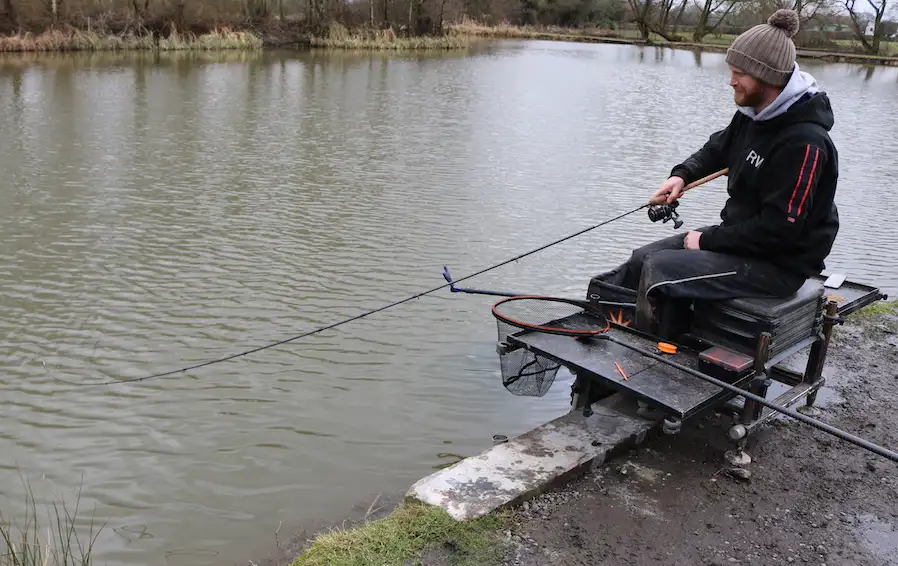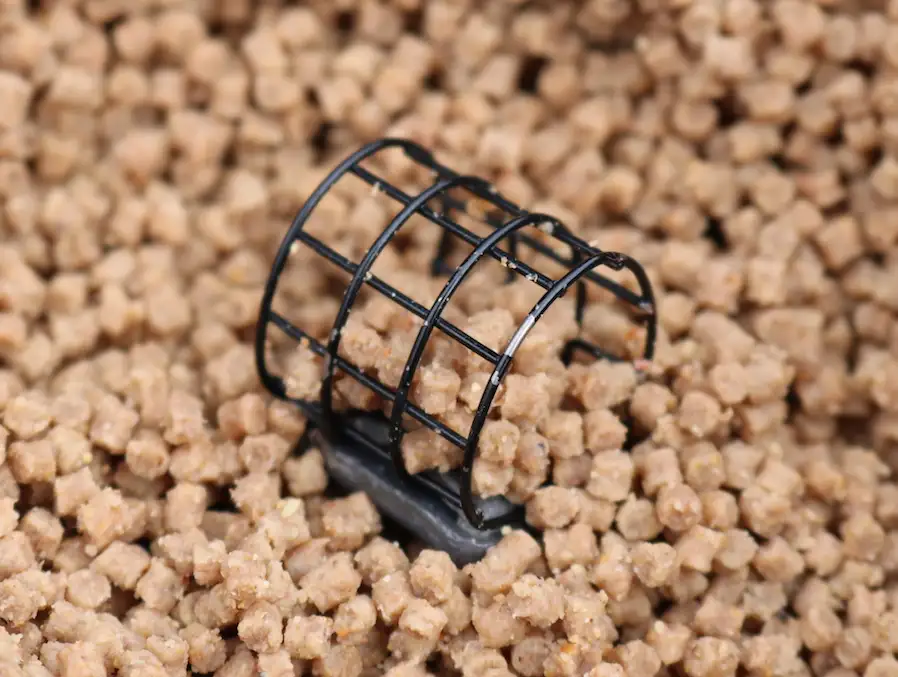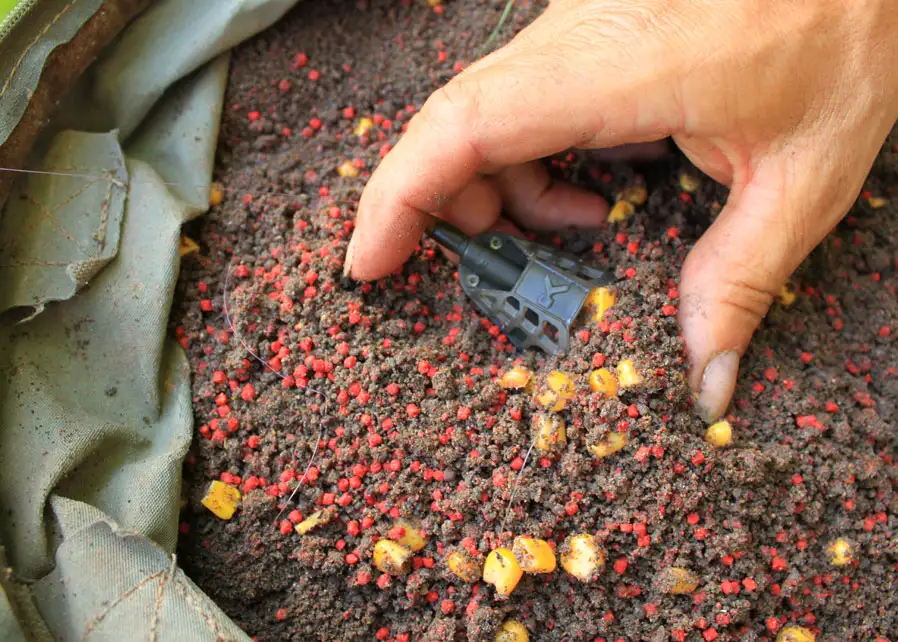This is a demo store. No orders will be fulfilled.
Monday Top 5 - Feeder Fishing Tips

Contents
It’s always worth thinking about the contents of your feeder, especially taking into consideration the time of year, the depth of water, and the species you are targeting. We are lucky in that most proprietary groundbaits come with a list of fish they are aimed at. Don’t be scared to mix your groundbaits, and add extras to cutomise your mix and make it stand out from the others. This can give you an edge over the person fishing on the peg next door. In terms of depth of water, you wouldn’t use a light mix in deep water as it would have all dispersed before your feeder has hit the bottom, in shallow water it would be ideal to have a light, fuffy groundbait mix. Adding large food items such as corn and casters can be great in deeper water to ensure bait reaches the bottom and you are concentrating your fish there. The time of year usually dictates the type and amount of feed you want to introduce with the feeder; in winter, for example, a small maggot feeder can be devastating, whereas in summer a large groundbait or method feeder can be the way to success.

Tip and Clip
To get the most out of feeder fishing, you need to select the correct tip on the day. If it’s windy and there’s an undertow, you may need a heavier tip; if it’s calm, you can get away with a lighter tip. This makes a huge difference, not only to bite detection for the angler, but also to the resistance felt by the fish, and this margin can often be the difference between catching and not. Similarly, feeder fishing is most effective, as it concentrates fish on the bottom, near your hook bait. In order to be even more effective, use the line clip, and line up to cast at a far bank marker (such as a tree); this will keep all the fish in the area of the peg you are fishing that way, not spreading them out, and leading to more bites for you. Accuracy and practice are key.

Size and Weight
The weight of your feeder, size, or amount of bait you introduce, and the length of your hooklength are all essential things to consider. Getting it correct can lead to more bites, and getting it wrong can leave you wanting to give up and go home. Always change on the day until you find out what works, or what brings you the most positive bites. There’s no set rules; however, when method feeder fishing, use a shorter hooklength to help fish self hook, and try to use a feeder that has just enough weight to hold the bottom (in general). The rest is down to you and your experimentation.

Braid Raid
Braid can be a devastating addition to your feeder fishing armoury. The lack of stretch, and increased sensitivity and bite detection make it a winner for shy pressure fish such as bream, who can often give more subtle bites. Ensure you use a sinking braid with a trace of around 15ft to help cushion the fish at the end of the fight and reduce hook pulls. Give it a go, where fisheries allow.
Spare Parts
Having spare feeder, hooklegth and even ready baited feeders so you can clip them on after a fish and be ready to catch in seconds really helps you make the most of your feeder fishing. It’s down to organisation, and never having that awful feeling where you’ve run out, and the fish are out there biting without you being able to fish for them. Make sure you stock up and make the most of it when the fish start to feed.

I hope the tips above help you with your feeder fishing, and remember, Angling Direct offers a huge selection of coarse fishing products, some of which are talked about in these tips.
